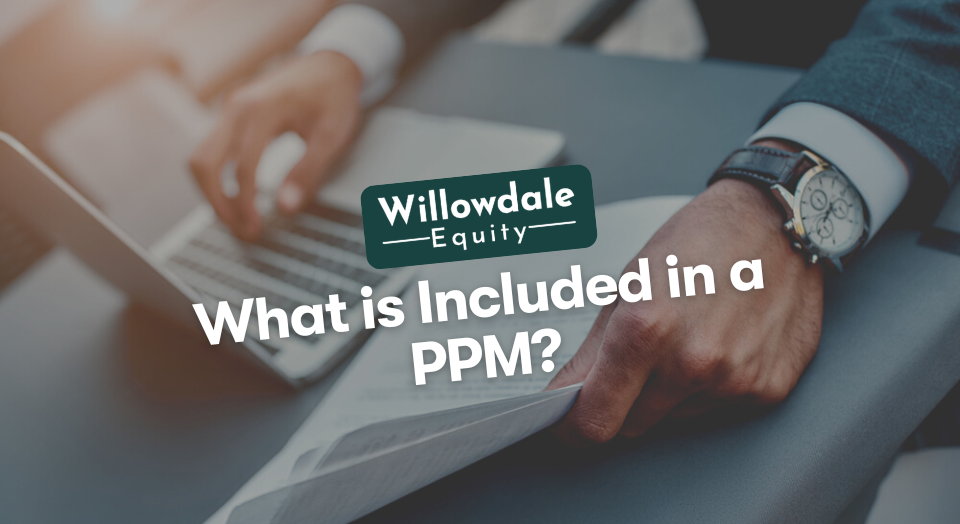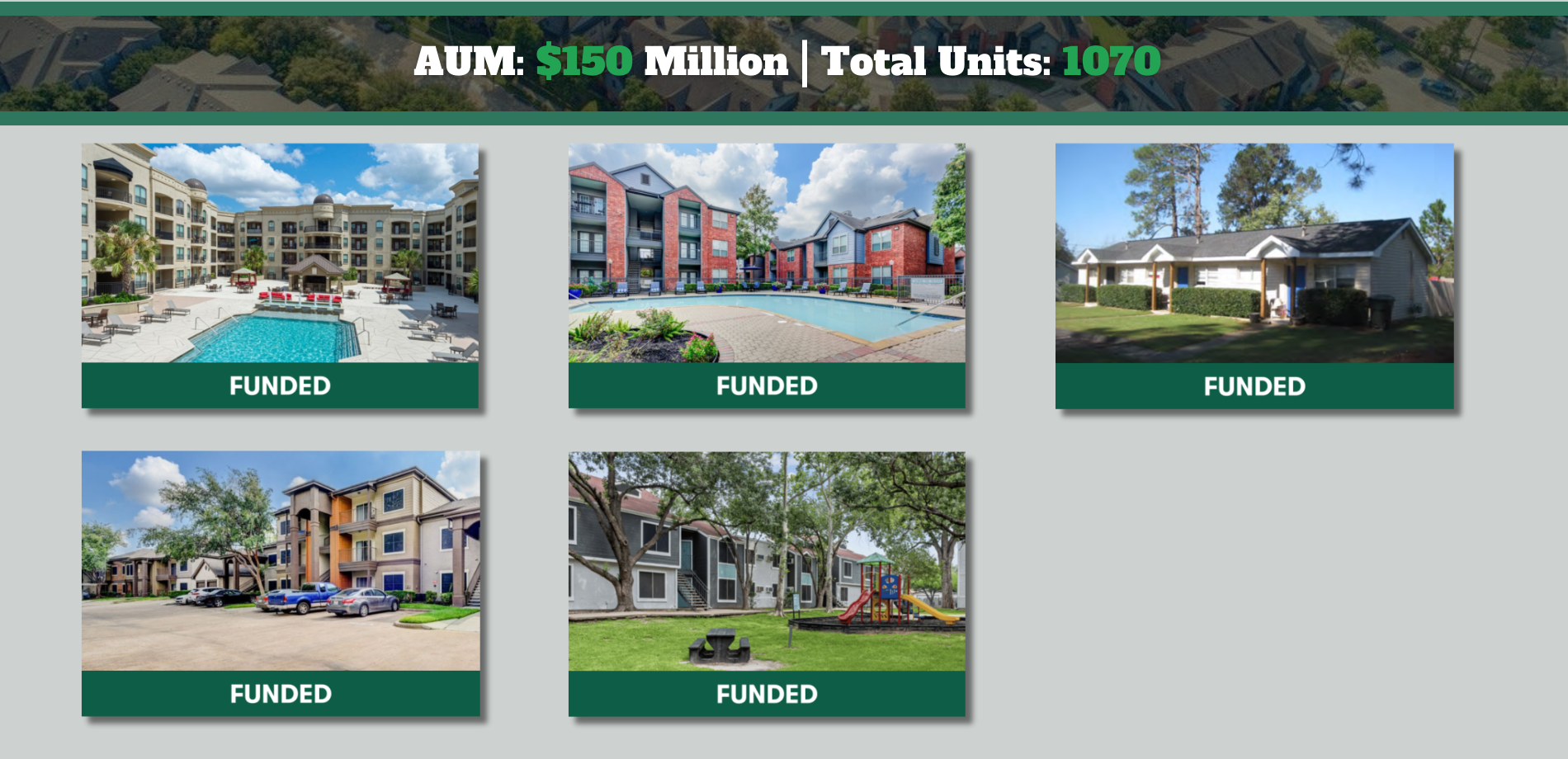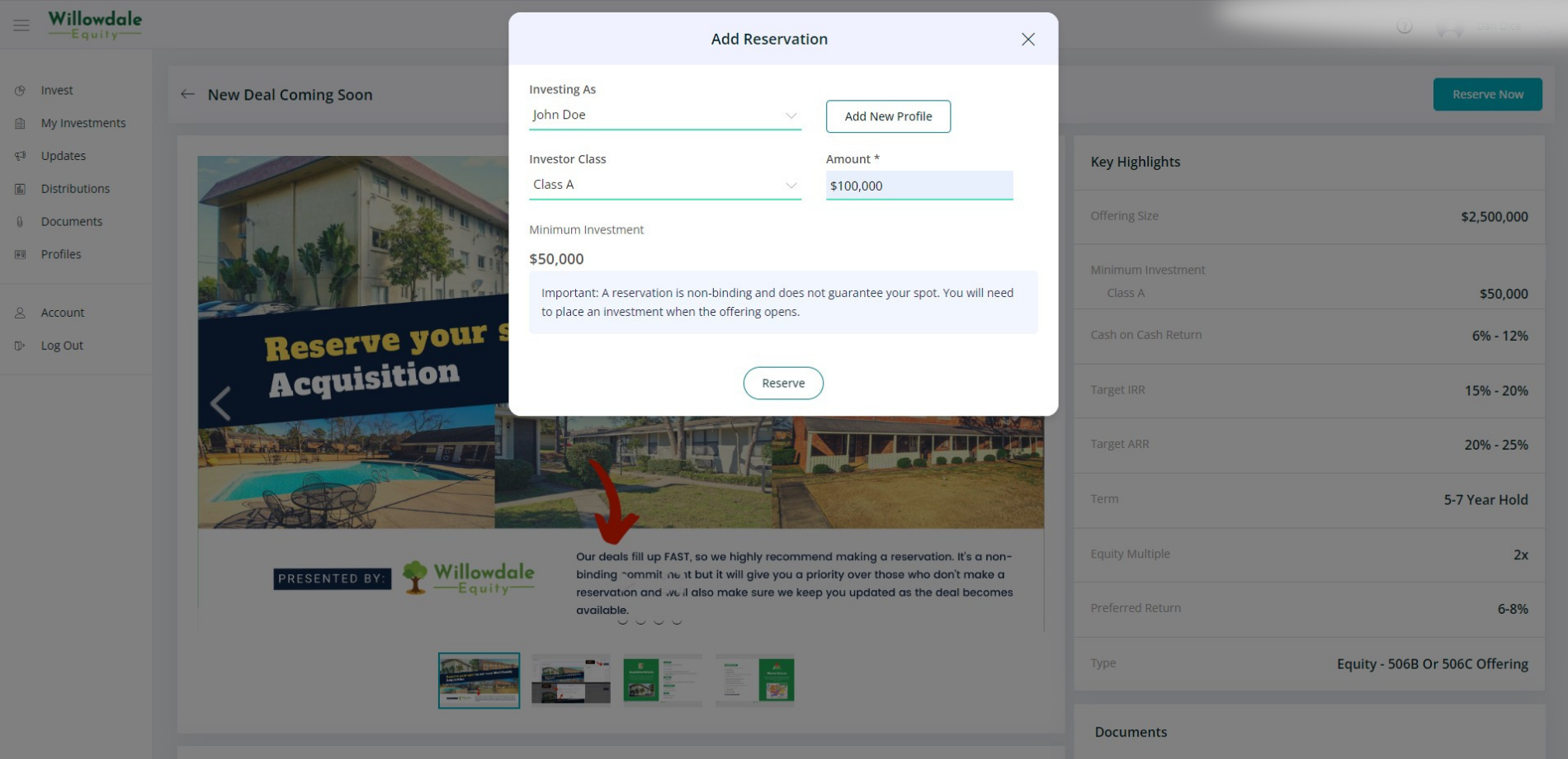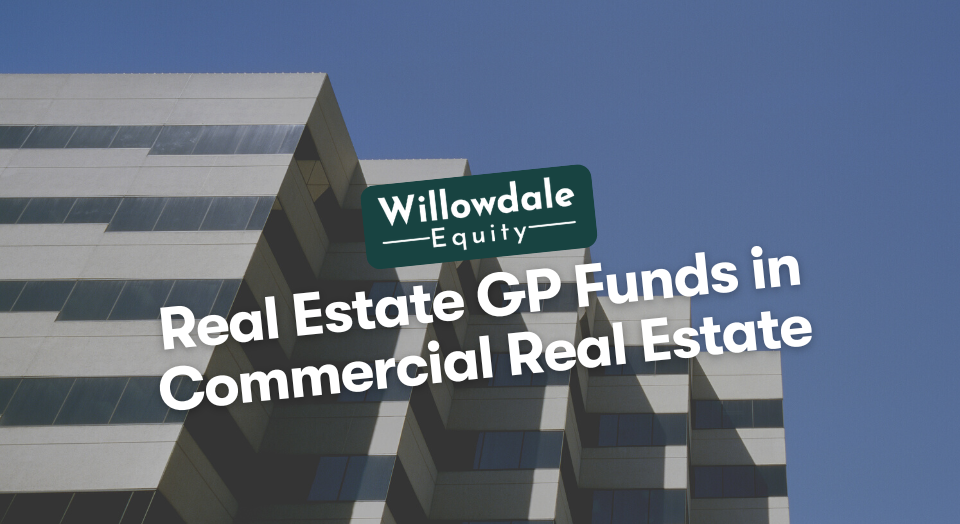
What is a PPM in Real Estate & What is Included in a PPM?
This article is part of our passive investors guide on real estate syndications, available here.
Investing in privately owned real estate comes with many challenges for prospective investors. Private investors must identify and mitigate several potential risks in finding and acquiring a private offering. One of the most important things they need to acquire a deal with a group of investors privately is a private placement memorandum (PPM).
In this post, we’ll explain a PPM in detail and help investors make a more informed decision about a potential private investment.
Key Takeaways
-
The Securities and Exchange Commission defines a private placement offering as a securities offering exempt from SEC registration.
-
Thus, a private placement memorandum is a securities disclosure document used by investors engaging in private placement offerings. At its core, it’s a legal document symbolizing the risks associated with participating in a particular investment.
-
A private placement memorandum contains several sections highlighting different aspects of private investment such as the risk factors, the offering terms, and the fees to name a few.
What Is a PPM in Real Estate?
Before we dive straight into what PPM in real estate is, you need to understand what a private placement is. The Securities and Exchange Commission defines a private placement offering as a securities offering exempt from SEC registration.
Thus, a private placement memorandum is a securities disclosure document used by investors engaging in private placement offerings. At its core, it’s a legal document symbolizing the risks associated with participating in a particular investment.
When Is a PPM used?
A private placement memorandum is typically used by prospective investors when the securities sold to them are not registered under the applicable state or federal securities law. Experienced investors use this legal document to secure their intellectual property rights and their prospects from misleading statements or false ownership claims. An unregistered securities offering isn’t only limited to real estate. It also applies to probate REITs, crowdfunding, and other business investments made by a limited liability company.
Like most transactions, a private placement transaction is subject to several risk factors, such as misleading or false statements, lawsuits, and other issues that could hurt securities investment. A PPM informs a potential investor about every aspect of a particular property in multiple sections to ensure they make a more informed decision.
Is a PPM Legally Binding?
A Private placement memorandum (PPM) is legally binding. Moreover, its importance transcends beyond serving as a legal document provided to certify a transaction between a seller and an investor. The document also ensures that the seller follows all regulations outlined by the SEC to the letter.
Therefore, it protects investors from falsified information as it describes in detail the terms of the offer and the risks involved, including tax issues, potential returns, and vulnerabilities.
The Difference Between a PPM & a Business Plan

Many often mistake a PPM for a business plan, as both documents provide in-depth information on capital structure, real estate asset values, shares, and financial projections. However, these two documents serve distinctive purposes.
A business plan serves as a marketing document to promote a company and mainly contains a company’s executive summary, future projections, growth opportunities, and market demand, among other forward-looking information. In contrast, a PPM serves as a disclosure document that describes the merits of a private offering (business or real estate) and addresses all external and internal risk factors associated with it.
What Is Included in a PPM?

A private placement memorandum contains several sections highlighting different aspects of private investment.
The following is a list of sections you can find in a typical real estate PPM:
1.) Introduction:
The first page of a real estate PPM includes the basic terms of a private property offering and a brief overview of the seller.
2.) Offering Terms
This section typically outlines the property’s capitalization and other details related to the offering. It looks like a term sheet and often repeats many details from the introduction but in high-level details.
3.) Risk Factors
This section outlines all the potential issues that could affect a real estate investment following an acquisition.
4.) Conflict of Interests
Most real estate property sellers and buyers are going to have conflicts of interest related to the sale. Hence, this section discloses all the terms and conditions upfront.
5.) Use of Proceeds
This section typically includes all the funds associated with the real estate investment, including land purchase, construction costs, renovations, etc.
6.) Legal Matters
This section discloses all issues related to taxes, litigations, bankruptcies, and criminal convictions associated with the property owner. It simply provides an overview of the seller’s background information.
7.) Fees
This section lists all the relevant fees associated with the private placement transaction, including loans, disposition, property asset management, and acquisition.
8.) Liquidity and Transferability
This section provides information related to the property’s liquidity and transferability. Since most private investments are short-term, investors need to ensure they can be easily transferred.
9.) Subscription Procedure
This section contains all the instructions for completing different aspects of the investment transaction.
10.) Timing and Location of Funds
This section explains where the funds are held when the investment offering is open, as well as the closing time.
11.) Investor Suitability
This section outlines the investor’s eligibility for venturing into private placement investments. You need to be an accredited investor for this type of securities investment.
12.) Exhibits
This section contains all the extra documents or information that an investor might find valuable, including financial statements, offering documents, business plans, licenses, etc.
Other Documents That Go Along With the Private Placement Memorandum

In most cases, a PPM isn’t the only document the exchange commission requires during and following a transaction.
Here are three other documents that usually go along with it:
The Subscription Agreement
A subscription agreement outlines the terms of a private securities investment as per SEC rule 506(b) and 506(d) of Regulation D. It works as a formal agreement for the investor to purchase shares in the company based on their investment type and amount.
The Operating Agreement
The operating agreement outlines the responsibilities in the partnership, specific provisions, and who has the decision-making power when managing different aspects of the business and property.
Related Read: The Real Estate Syndication Structure Explained
The Offering Memorandum
Finally, the offering memorandum serves as a marketing document highlighting a property’s key features, including the neighborhood, location, operating expenses, cash flow, and local market conditions.
Reviewing the Real Estate PPM
Most new or inexperienced property investors fail to read the terms and conditions of their agreement. As a result, they usually consent to legal terms that they may have refused if they had gone through the fine print.
Therefore, we recommend taking your time to go through a PPM before signing it. Pay close attention to every section, especially those with fees and disclosures. The last thing any investor wants is a lawsuit simply due to a misunderstanding.
Frequently Asked Questions About What is a PPM in Real Estate
Yes, a PPM can be considered a contract since it is legally binding and outlines all the terms and conditions of private investment.
No, you don’t need a PPM for real estate assets listed on the Securities and Exchange Commission.
No, a PPM is not the same as a subscription agreement, although it is an integral part of a private placement offering. The subscription agreement serves as the actual agreement for the investor to purchase shares in the entity.
What Is a PPM in Real Estate? — Conclusion
Learning about private placement memorandums before entering a private real estate deal can help you make a better investment decision as it places all the terms and conditions front and center. It also helps you as an investor to move faster on whether or not you wish to participate in a private real estate offering.
Join the investors club here at Willowdale Equity to access private value-add multifamily investment opportunities across the southeastern United States.
Sources:
- SEC.GOV, “Private Placements under Regulation D”
- MN.GOV, “Raising Capital: Securities Law and Business Considerations”
- Investopedia, “Offering Memorandum.”
The Willowdale Equity Investment Club is a private group of investors that are looking to passively grow their capital and share in all the tax benefits through multifamily real estate investments.






